
MA Art in Science projects
Find out more about studying MA Art in Science at Liverpool John Moores University.
-

Michael Edwards
Wasteful Drinks and Unwanted Hospitality
-

Evie Holmes
Energy Deficit- Why is it so Hard to Lose Weight?
-

Inara Tsenina
The Choice is Yours: A Vaccination Game
-

Alexander Nicholson
Park-ive: A Visual Dialog of Urban Green Space
-

Jeyageethan Mahendran
Museum Safari: Can gamified virtual museums and galleries impact the visitor experience?
-

Michael Edwards
Wasteful Drinks and Unwanted Hospitality
-

Evie Holmes
Energy Deficit- Why is it so Hard to Lose Weight?
- Link to image of Wasteful Drinks and Unwanted Hospitality
- Link to image of Energy Deficit- Why is it so Hard to Lose Weight?
- Link to image of The Choice is Yours: A Vaccination Game
- Link to image of Park-ive: A Visual Dialog of Urban Green Space
- Link to image of Museum Safari: Can gamified virtual museums and galleries impact the visitor experience?
Faq Items
Alexander Nicholson
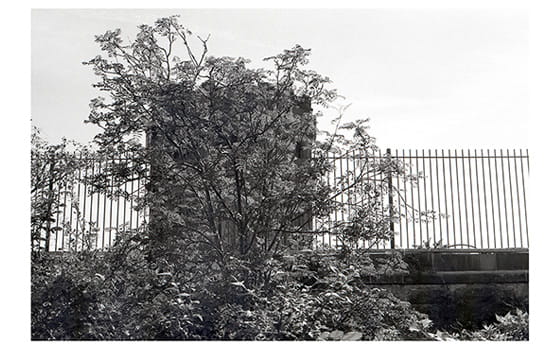
Park-ive: A Visual Dialog of Urban Green Space
What is Park-ive? It is an art-science public engagement project where urban green space meets community through the practice of archiving and connecting people to their local green havens. Park-ive volume one was a year-long project engaging with communities, green spaces, parks, galleries and institutions in an effort to explore ideas. Volume two will push Park-ive out into urban green spaces on the Wirral, Merseyside with the launch of Box-ive and Digi-ive.
In these testing times it is so important to cherish our urban green space, to look after them and contribute to their survival. This can be as simple as using your local park more than you do, taking part in local (safe) volunteering and most of all being part of the community who care, learn and embrace these fantastic spaces. These habitats contain a huge amount of life from plants, trees and flowers to small mammals depending on where you live. They help reduce carbon emissions, they cool our inner city neighbourhoods by reducing the island effect (heating of our urban centres due to concrete and buildings) and contribute to better mental health.
Be part of the movement #parkive
Emily Ryan
The Dark Matter Forest
Some may say that stories are the best way to learn.
The Dark Matter Forest shares the story of dark matter within our universe through a mixture of mediums and metaphors. It is an amalgamation of what is currently understood about dark matter; its nature and the many unanswered theories that surround it. The forest itself is an installation which is represented through a short film only revealing glimpses of it. This reinforces the fact that dark matter still evades detection and is only ‘seen’ through its influence with gravity. The film aims to tell us more about dark matter through its accompanying soundscape, which is expressed through music, poetry, narration and sonification; highlighting the crucial role sounds plays in visualising the unseen.
Evie Holmes
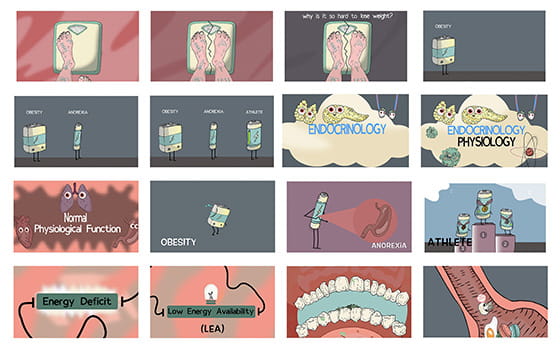
Energy Deficit - Why is it so Hard to Lose Weight?
Visual health information is widely disseminated via the internet and social media. Animated infographics and other visual communication formats are becoming recognisably successful in their ability to explain scientific information to the public, especially to those that have limited or no pre-existing scientific knowledge.
The animation ‘Energy Deficit- Why is it so Hard to Lose Weight?’ is the result of a collaboration between myself and Dr José Areta, an ambassador of the Society for Endocrinology, and Sports Nutrition and Metabolism Lecturer at Liverpool John Moores University.
My research interests lie in producing visually appealing illustrations and infographic animations that are effective in explaining any scientific concept, and that also act as public engagement resources. José’s research interests focus on the endocrinological, metabolic and physiological effects of energy restriction. We both share a passion for science communication and together we embarked on an art and science based project to produce a resource that would help to explain these concepts to students, researchers and the public. This collaborative project aims to bring attention to novel research surrounding weight loss, weight gain and physiological responses to concomitant exercise and dietary energy restriction, and investigate the appropriateness of infographic health animations with anthropomorphised characters for learning about such topics.
Project blog (opens in a new tab)
Social media (opens in a new tab)
Faye Olsgard

ART AS DATA: Informing pre-historic facial depictions in Central America
It is nearly impossible to depict with certainty ancient hairstyles, costumes and skin decorations for facial reconstructions of pre-historic human remains; simply because decomposable materials often do not exist in the archaeological record. I propose that clues to visualize ancient people beyond the reconstructed flesh can be gathered from associated artefacts that survive to the present day. For this project, these are the ceramic effigies and grave goods found with the pre-Columbian burials.
In ‘ART AS DATA’ ascertaining material culture as data offers opportunities to increase the accuracy of facial depictions of ancient pre-historic peoples. Ceramic clues and additional archaeological data have informed a ‘most probable’ depiction of an ancient person discovered in a burial site at La Regla in Costa Rica.
Is the ‘most probable’ possible? With this line of inquiry, I arrive at the intersection of art and science, between objective scientific method and the subjectivity of art. This research study aims to establish a method of convergence for facial reconstruction artists and archaeological scientists, whereby an ‘ART AS DATA’ approach can establish reasonably accurate, non-biased, visual depictions of ancient Central Americans evidentiary of their indigenous culture and in their time.
Gage Egan
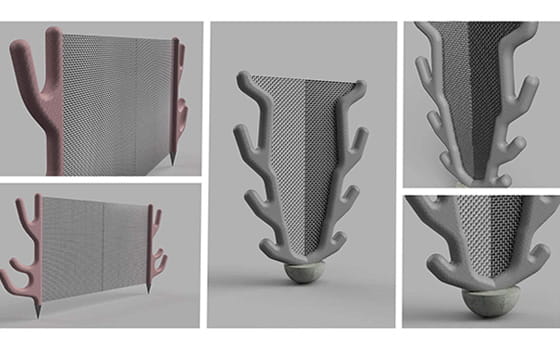
Coral Skeleton Scaffolds
‘Coral Skeleton Scaffolds’ is a citizen science project that aims to develop a new technique or prototype scaffold system to aid in the development and nursing of coral communities that are ‘at risk’. Co-designed by art-science designers, coral researchers and the public, they would be implemented in areas of the world where existing coral reef colonies are declining due to the negative effects of coastal damage, pollution, disease and the rise of ocean temperature.
<p>Project website </p (opens in a new tab)Helen Birnbaum

CERAMIC Transmission
My practice approaches science in a questioning way via sculpture, photography, film and sound but the starting point for most of my work is always the scarily beautiful forms of viruses and bacteria.
‘CERAMIC Transmission’ looks the transmission of disease. Electronic sound components have been integrated into sculpted ceramic forms that can be activated by touch. Through touch, the sculptures enable greater understanding and interest in theories about disease and transmission. They are also activators of emotions, which are evoked when memorable sounds are heard. These interactions represent the relationship between art and science through connections between ceramic material, sound, touch and vision.
In response to the COVID-19 pandemic and the spreading of the disease via touch, the interaction with the sculptures now occurs via the scanning of QR codes and the playing of sounds via smart devices such as mobile phones. ‘CERAMIC Transmission’ has since been re-imagined as a commentary about a Liverpool community during the pandemic in ‘100 Hands’.
Project blog (opens in a new tab)
Personal websites:
Helenbirnbaumceramics.com (opens in a new tab)
Significantbunchofviruses.wordpress.com (opens in a new tab)
Inara Tsenina
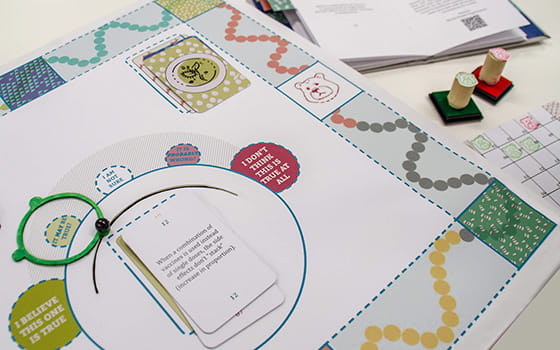
The Choice is Yours: A Vaccination Game
It is a dangerously popular misunderstanding that vaccination is an unnecessary procedure that results in more harm than benefit, if any at all. Historically, this belief is as old as the practice of inoculation itself but modern means of publicity have turned this practice of misunderstanding into a real threat to public health, which is recognised by global authorities. As social media allows any voice an opportunity to be heard and go “viral”, the vaccine hesitancy spreads. Together with some political, religious, social and psychological factors, the anti-vaccination propaganda proves very effective, resulting in the lowering percentage of vaccinated people that we are seeing today.
Interactive engagement is a proven effective public health tool, and gamification of topics can motivate people to make choices, provide immersive ways to learn and test their existing knowledge. “The Choice is Yours” is an educational table-top board game designed in an attempt to address vaccination communication gaps by encouraging fact-checking and challenging vaccination hesitancy.
Project blog (opens in a new tab)
https://www.instagram.com/inaratsenina.art (opens in a new tab)
Jeyageethan Mahendran
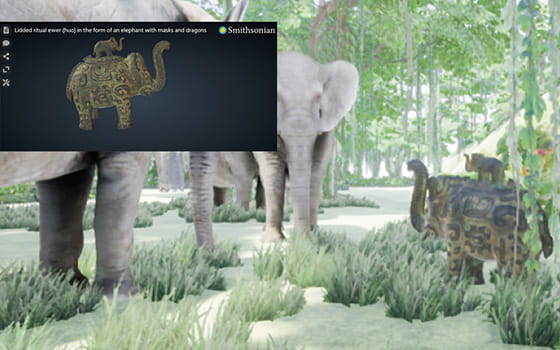
Museum Safari: Can gamified virtual museums and galleries impact the visitor experience?
In the build up to my final year project, I have looked at how museums and galleries can be represented in virtual spaces. Museums and galleries are always trying to surprise visitors with their on-site displays and excite them with their vast collections, which include works of art, fossils, historical artefacts and more. I have found great creative inspiration in how these institutions tackle accessibility and engagement within such content-rich physical spaces. I was particularly inspired during a collaboration between the Experimental Technologies Lab at LJMU and the Liverpool World Museum as part of the museum’s #WhereNext project that looked to redesign interactions and experiences with their World Cultures galleries through immersive technologies.
From this I began to investigate why virtual museums and galleries looked like their real-world counterparts, and I analysed some skeuomorphic representations of institutions and how their collections were presented versus more abstract representations. Did the real-world counterpart increase learning or engagement over an abstract version? During that study I came across gamified virtual spaces, and I could see the potential in developing gamified museum experiences. How could I represent objects that are part of huge collections in museums and galleries (most not on display), and how do games engage audiences and a broad spectrum of age groups?
I was keen to develop a virtual museum game using freely downloadable 3D models of digitized collections that are made available online by large institutions such as the Smithsonian. I wanted to embed a Constructivist approach to learning by incorporating social cultural theory into the game itself - I created a game that is open in outcome and had few visible rules to constrict the player’s movement. By having goals that did not require competition or reward, the players maintain their own agency in discovering digitized objects from collections around the world in an environment that was different to the real-world institution. There are many tools and programs that are available to create your own museum or gallery, for example, Blender and Unity, plus programmes such as Occupy White Walls. You can even curate your own museum in Animal Crossing using the Science Museum collections! My game ‘Museum Safari’ enables an individual to create and play a game that is built from scratch using freely available software environments and assets using Unreal Engine. I aim to show that anyone can make and curate their own virtual museum games without major programming or technical skills, and that in the time of COVID-19 and restrictions on visiting museums and galleries, we can still enjoy and learn about their collections.
Kate Cliffe
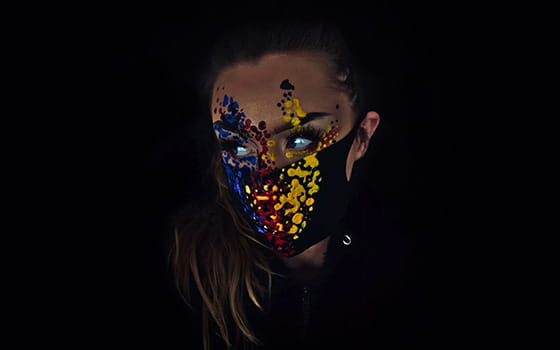
NowYouSeeMeActingNormal
‘NowYouSeeMeActingNormal’ is a combinational project that intertwines my research into hiding from facial recognition systems, and the ongoing 2020 coronavirus pandemic. The products that have emerged are a variety of masks that, in combination, protect the wearer from COVID-19 as well as masking them from AI-generated recognition algorithms.
Facial recognition systems work by mapping the features of an individual’s face and then running it through an image database. They are considered a particularly controversial ‘new’ area of technology due to concerns about privacy and how quickly their use is expanding, and we have seen artists, researchers and protesters developing ways to elude themselves from such systems. ‘NowYouSeeMe’, inspired by the works of Adam Harvey, Jip van Leeuwenstein and writings by Christopher Milligan, explores the desire to protect one’s privacy in the looming popularity of facial recognition systems.
‘ActingNormal’ is my response to the coronavirus pandemic. In 2020 our lives have been drastically altered, and many artists have responded to the new normal that we are attempting to adjust to. The works of Elaine Whittaker, Elinor Carucci, and Anita Glesta stimulated my interest in creating coronavirus response paintings. These paintings are created using my own unique methodology that works in a biological artistic approach.
As a result of the combination of these two projects, I have produced a series of illustrative masks that combine both face coverings to protect the wearer from COVID-19 and also mask them from the potential dangers of facial recognition systems.
Michael Edwards
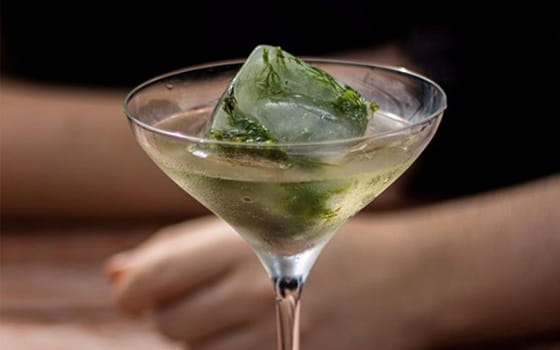
Wasteful Drinks and Unwanted Hospitality
With the ever-growing issue of climate change, and its effect on the environment becoming more prominent in the general zeitgeist, many industries such as the hospitality industry are being forced to consider their environmental impact and adapt using forward-thinking and pioneering methods. Inherently, changes in customer and provider behaviours are required with both being more aware of what they produce and consume.
My research interests lie in the recycling of ‘waste’ from high-end cocktail bars through participatory and do-it-yourself experiences. This ‘waste’ is still edible/drinkable and ok to consume or mould into other products. It is not rotting sludge for example, and it is simply unwanted by the bars and restaurants because of their appearance.
‘Wasteful Drinks’ and ’Unwanted Hospitality’ are an exploration into economic botany, its history, and how it has influenced the future of sustainable, environmentally aware bartending and drinks-making in the hospitality industry. The aim of these projects are to provide a unique insight to innovations pioneered by the drinks hospitality industry, locally and globally, through art-science collaborations and experiments with food and drink ‘waste’. Are the most unlikely ingredients, often deemed as ‘waste’ materials, the best? Can the practice of recycling unwanted ‘waste’ be shared with communities through socially engaged art interventions, even where there the users are restricted by location, lack of resources, training, or funding?
Natasha Niethamer
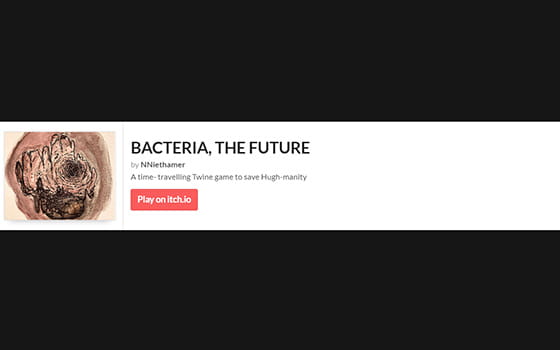
Bacteria the Future! A time-travelling Twine game to save Hugh-manity
This text-based game is inspired by my favourite sci-fi shows, Red Dwarf and Rick and Morty, and the pond water microbes I look at under my microscope, as well as writings by Lovecraft.
This is an ongoing science communication research project exploring alternative ways to communicate the public health threat of antimicrobial resistance with the goal to improve microbial literacy. Antimicrobial resistance (AMR) results in drug-resistant infections, and in 30 years, drug-resistant infections no longer treatable by antibiotics may cost 100 trillion US dollars and result in 10 million deaths annually. The World Health Organization states that improving public awareness of this issue is essential to slowing AMR rates.
To play the game on itch.io, a game-hosting platform, please follow this link https://nniethamer.itch.io/bacteria-the-future (opens in a new tab).
Project blog (opens in a new tab)
Related Links
 Institute of Art and Technology
Institute of Art and Technology


